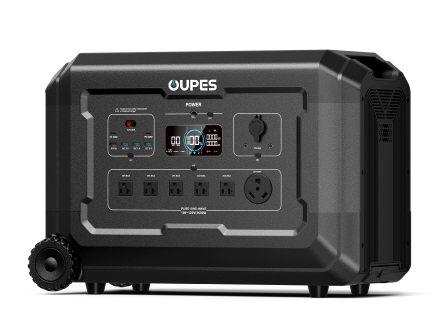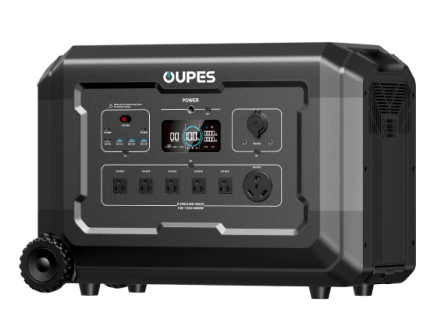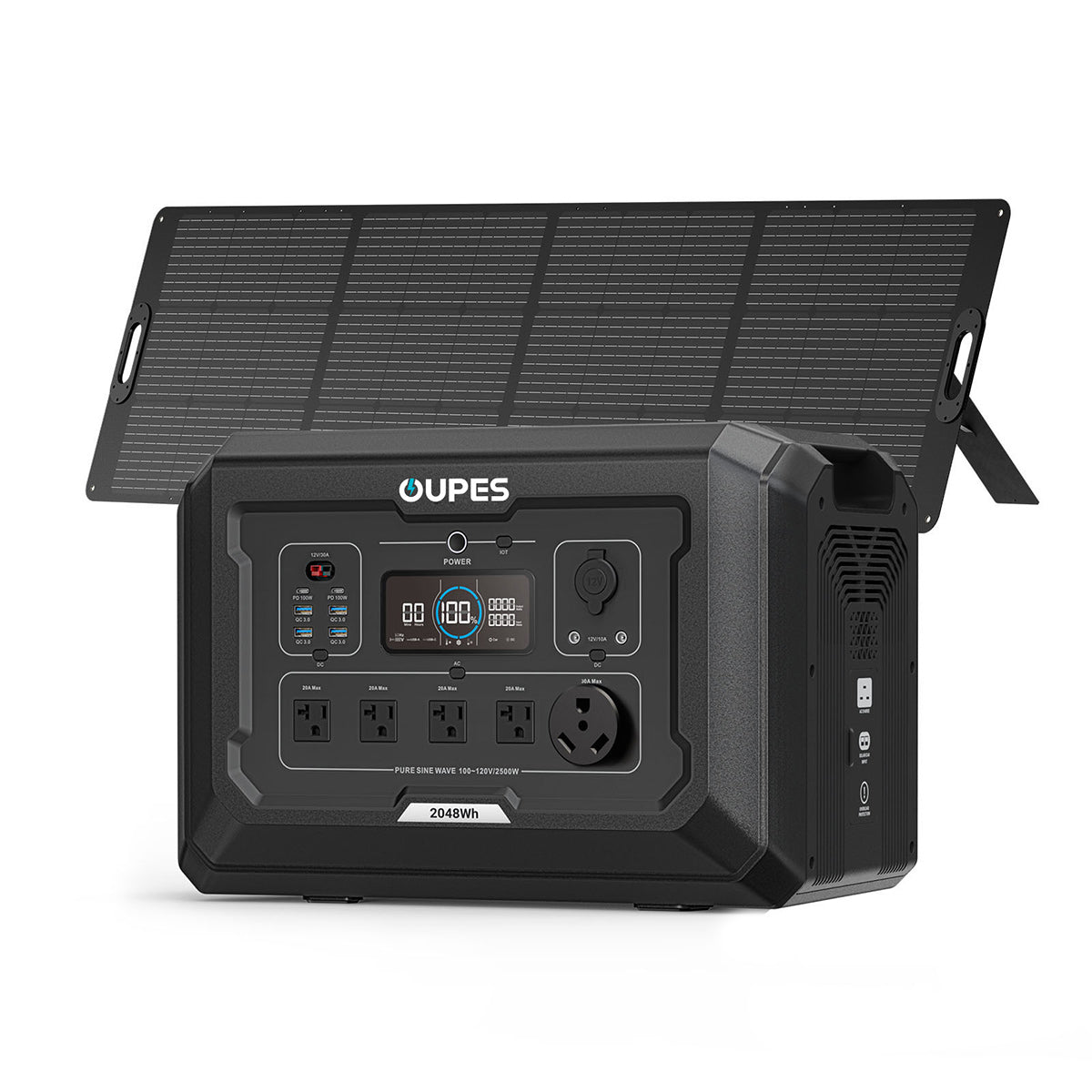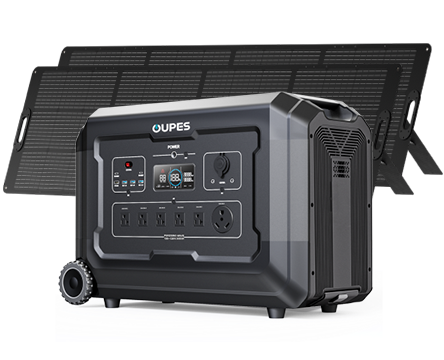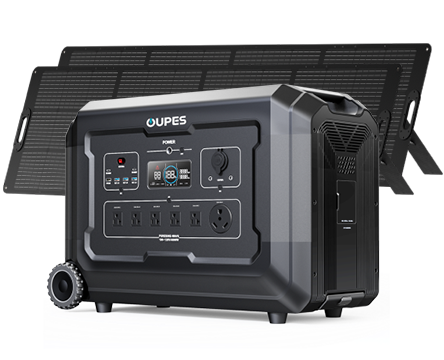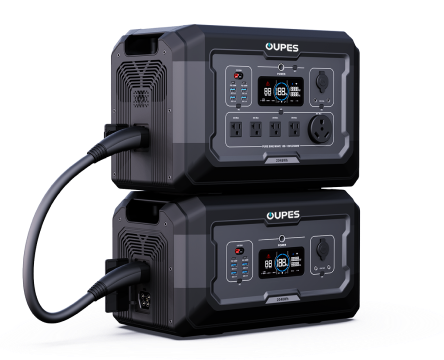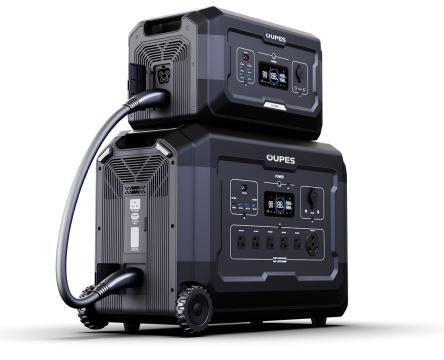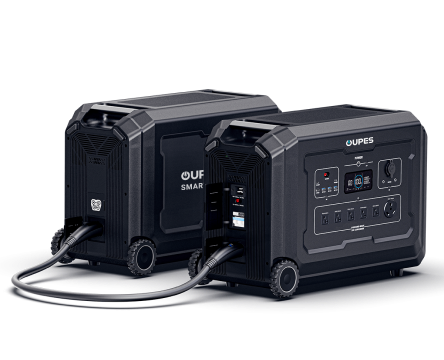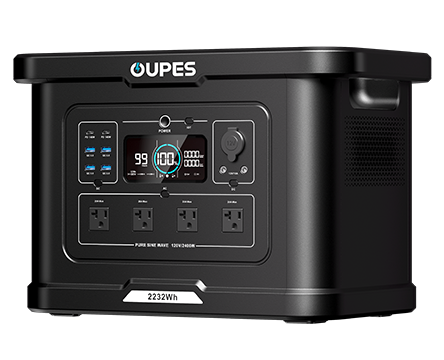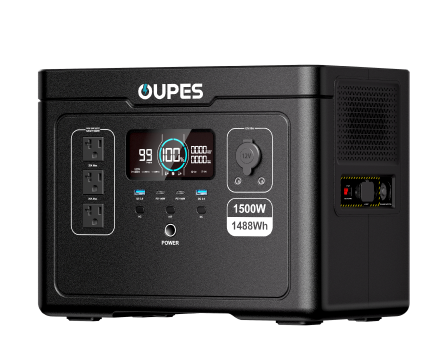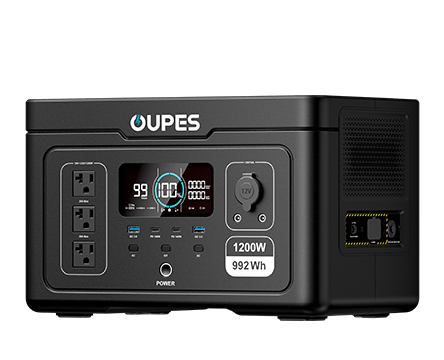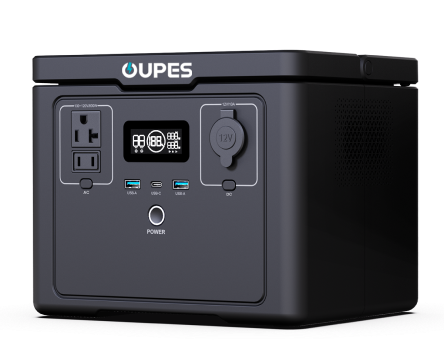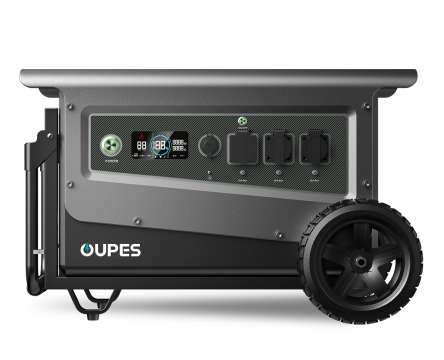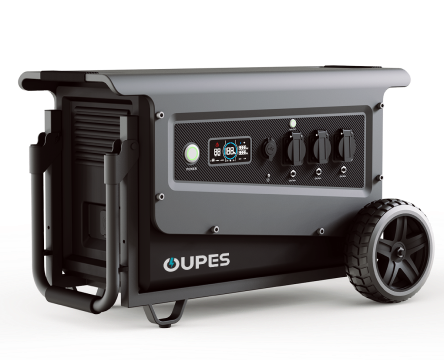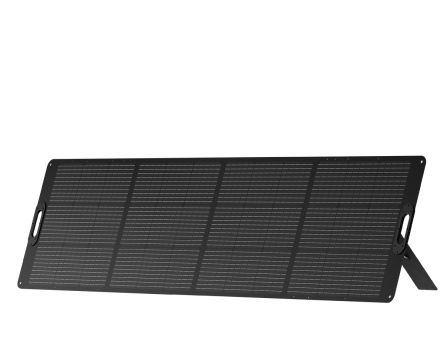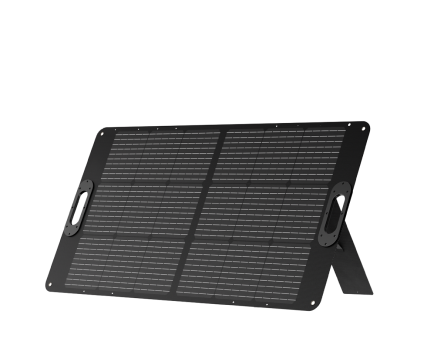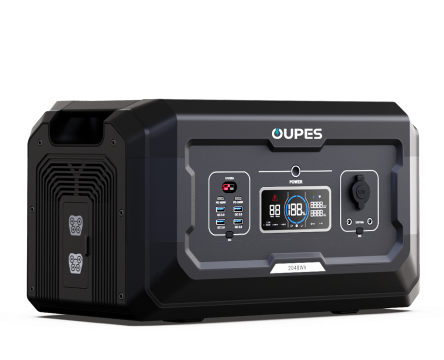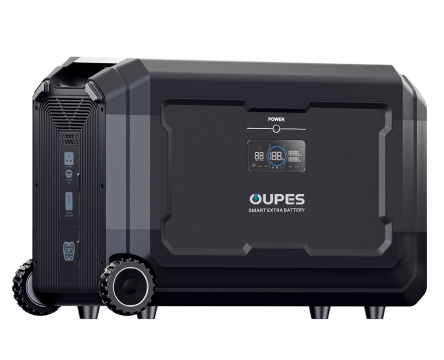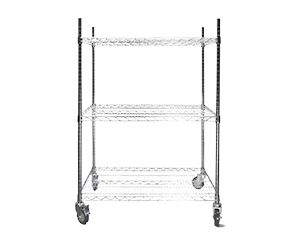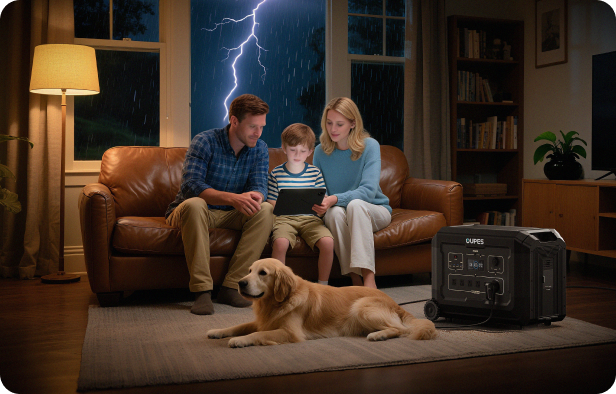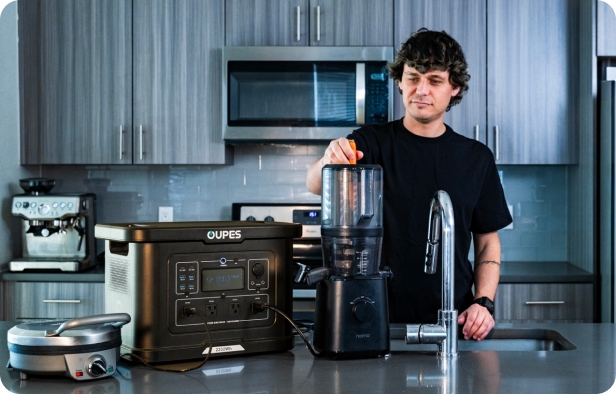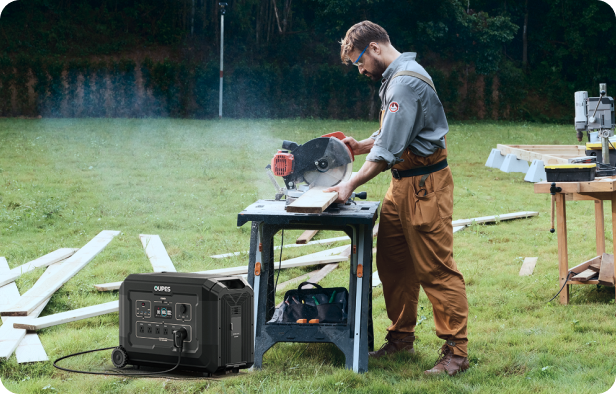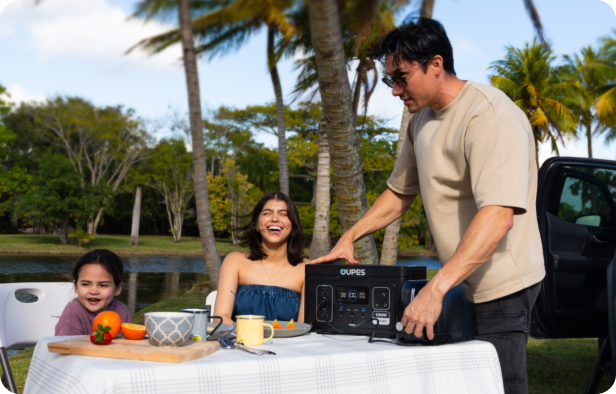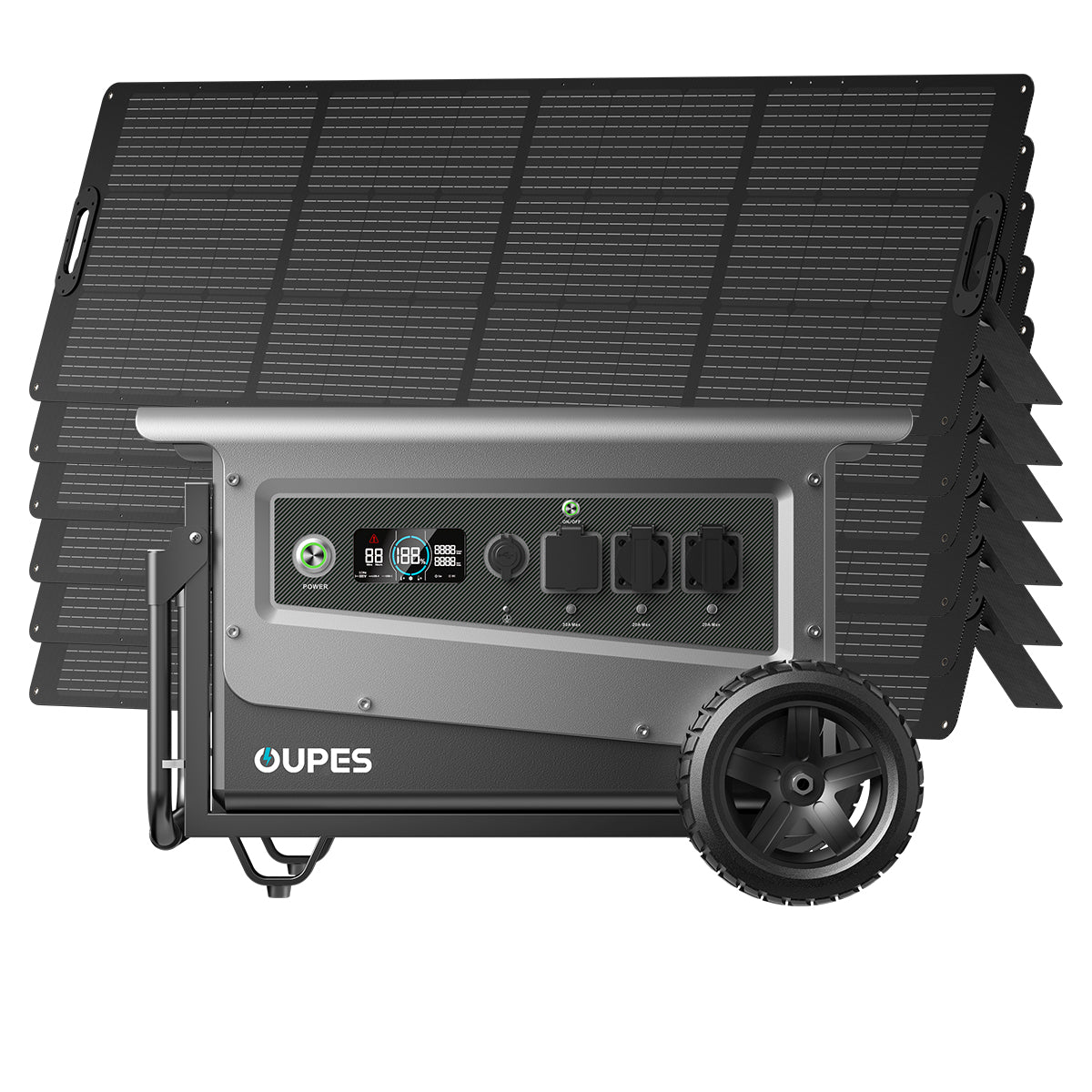
When it comes to powering essential appliances during a power outage, air conditioning units often top the list. Air conditioners are crucial for maintaining comfort, especially during hot summer months. However, the question arises: can a portable power station provide enough power to run an air conditioner? With the growing popularity of portable power stations, it's essential to understand their limitations and capabilities, especially for high-power devices like air conditioners. In this article, we’ll break down the factors that determine whether a portable power station can run an air conditioner and explore which models are best suited for the job.
Portable power stations are becoming an essential tool for off-grid living, camping, and emergency situations. With the rise of more powerful and efficient models, many people are wondering if they can rely on these devices to power high-wattage appliances like air conditioners. The answer isn’t straightforward, as the performance depends on several factors, such as the type of air conditioner, the capacity of the power station, and the duration for which you need to run the AC. Let’s dive into the details.
Understanding the Power Requirements of an Air Conditioner
Air conditioners require a significant amount of power to operate, especially when starting up. The power consumption of an air conditioner is typically measured in watts (W), and understanding this is key to determining whether a portable power station can handle the load.
There are two main types of air conditioners: window units and portable AC units. A small window air conditioner might consume around 500W to 1500W of power, while a larger unit can draw up to 3000W or more. In contrast, portable AC units generally consume between 1000W and 2000W, with some models capable of exceeding 3000W, depending on their cooling capacity.
When using a portable power station to run an air conditioner, it’s essential to consider both the continuous and surge wattage. Surge wattage refers to the initial spike in power required when an appliance starts up. For air conditioners, this surge can be significantly higher than the continuous running wattage. Most portable power stations are capable of handling short bursts of surge power, but they may struggle to handle the continuous power draw of an air conditioner over an extended period.
Can A Portable Power Station Handle The Power Demands of an Air Conditioner?
To determine if a portable power station can run an air conditioner, you need to compare the power requirements of the AC unit with the output capacity of the power station. Portable power stations are rated by their wattage output, and their ability to handle an air conditioner's power needs depends on both the continuous wattage and the peak surge wattage.
For instance, the OUPES Mega 5 Home Backup & Portable Power Station offers a continuous output of 4000W with a 5040Wh battery capacity, which makes it suitable for handling higher power appliances, including some smaller air conditioners. While it may not run the most powerful central air systems, it can certainly handle portable or window air conditioners with moderate power needs. However, if you need to run an air conditioner for extended periods, the battery capacity may deplete faster, so you’d need to recharge it or connect it to a solar panel for extended use.
On the other hand, models like the OUPES Exodus 600 Plus Portable Power Station with 600W continuous output may not be sufficient for running most air conditioners due to their lower wattage capacity. This makes it more suitable for smaller devices such as laptops, lights, or small appliances, but not for high-power consumption items like air conditioners.
Factors to Consider When Using a Portable Power Station to Run an Air Conditioner
There are several factors you need to consider when deciding if a portable power station can power your air conditioner effectively. These include the power station’s capacity, the type of air conditioner, and how long you plan to run the unit.
Battery Capacity
The battery capacity of a portable power station is one of the most critical factors in determining how long it can run an air conditioner. Larger air conditioners require more energy, which means that even if a portable power station can handle the surge, its battery may not last long enough for continuous use. For example, a portable air conditioner that uses 1500W of power will quickly drain a small power station’s battery if it has limited capacity.
For a longer runtime, consider a higher-capacity power station, such as the OUPES Mega 3 Home Backup & Portable Power Station with 3600W continuous output and a 3072Wh battery. This would allow you to power an air conditioner for a longer period, but again, the actual runtime will depend on the AC unit's energy usage and whether you can recharge the power station during the use.
Inverter Quality
The inverter in a portable power station converts the DC (direct current) power stored in the battery to AC (alternating current) power, which is what most household appliances, including air conditioners, require. The quality of the inverter plays a significant role in determining whether the power station can handle high-power appliances like air conditioners.
Some portable power stations come with pure sine wave inverters, which are better suited for sensitive electronics, while others use modified sine wave inverters. For high-power appliances such as air conditioners, a pure sine wave inverter is preferred because it provides cleaner, more stable power. Models like the OUPES Mega 2 Power Station, which features advanced inverter technology, are more capable of running AC units without risking damage to the appliances.
Best OUPES Portable Power Stations for Running Air Conditioners
When choosing a portable power station to run an air conditioner, it’s important to match the power requirements of the air conditioner with the specifications of the power station. Some of the best options from OUPES for powering an air conditioner include:
- OUPES Mega 5 Home Backup & Portable Power Station - With 4000W continuous output and 5040Wh capacity, this power station can handle a variety of air conditioners, including portable and small window units. It’s ideal for emergency situations or off-grid living where reliable air conditioning is needed.
- OUPES Mega 3 Home Backup & Portable Power Station - Offering 3600W continuous output and 3072Wh capacity, this model is suitable for running smaller air conditioners or as a temporary solution during power outages. It’s a solid option for short-term cooling needs.
- OUPES Titan 5 Portable Power Station - With 4000W output and 5040Wh capacity, this powerhouse can easily support air conditioners and other large appliances for longer durations, making it one of the best choices for extended off-grid use.
Conclusion
In conclusion, while portable power stations can indeed run air conditioners, their ability to do so effectively depends on the size and power requirements of the AC unit, as well as the capacity of the power station. For smaller or mid-sized air conditioners, a high-capacity portable power station like the OUPES Mega 5 or OUPES Mega 3 is more than capable of handling the load. However, for larger, more power-hungry AC units, it may be necessary to either upgrade to a more powerful power station or consider alternative solutions like a traditional generator.
If you're looking for a portable power station that can handle air conditioners, OUPES offers several models that are well-equipped to meet the demand. Whether you need a power station for camping, emergency situations, or backup power during an outage, OUPES has options to suit various needs and power requirements.


